
According to investigators, patients implanted with diffractive multifocal IOLs had notable declines in the corrected distance visual acuity, distance corrected near VA, and near area of focus with aging

According to investigators, patients implanted with diffractive multifocal IOLs had notable declines in the corrected distance visual acuity, distance corrected near VA, and near area of focus with aging
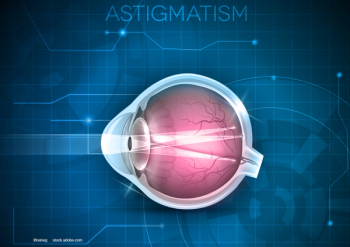
Striving to improve outcomes is important because of the negative effect of astigmatism on patients’ vision postoperatively.

The acquisition brings the Hydrus Microstent into Alcon’s global surgical portfolio. The company will leverage its global footprint and leadership in ophthalmology to drive future growth, bringing the device to more patients worldwide.

According to investigators, the elevated risk is associated with cataract type, case complexity, and history of DME/PDR.

A virtual, risk-based approach to preoperative medical evaluations for cataract surgery may be associated with safe and efficient outcomes, according to study investigators.
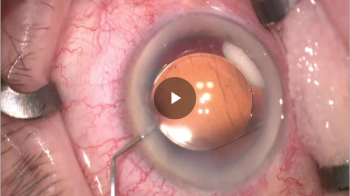
Robert H. Osher, MD, shows the merits of drug delivery via capsular bag after cataract surgery.
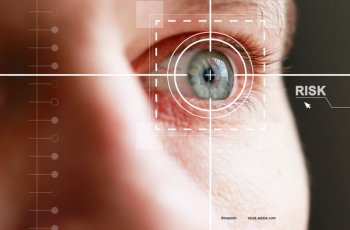
An elevated risk may be associated with the cataract type, case complexity, and history of diabetic macular edema or proliferative diabetic retinopathy.
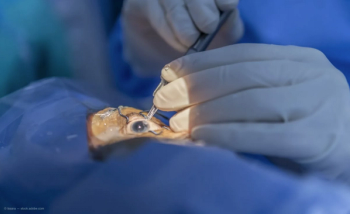
For surgeons, the decision goes beyond clarifying a patient’s vision.

Researchers have now found that subjects who underwent cataract surgery had nearly 30% lower risk of developing dementia from any cause compared with those who did not.

The novel sustained-release technology has potential to eliminate the need for eye drops after cataract surgery.

Investigators conducted a retrospective consecutive study in which they compared the outcomes using this approach with the results achieved with local anesthesia alone during cataract surgery.
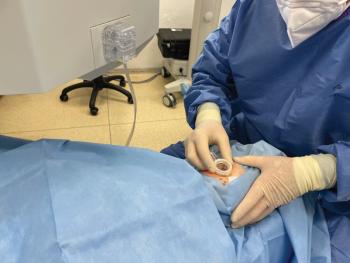
Performing cataract surgery on young patients can be a challenge, and the evolving technology can be used in cataract surgery for young children.

Investigators set out to better define therapeutic options for controlling the inflammatory response and reducing the risk of pseudophakic cystoid macular edema after cataract surgery.

A web app-based personalized music intervention before cataract surgery may lower anxiety levels or reduce the need for sedative medication.
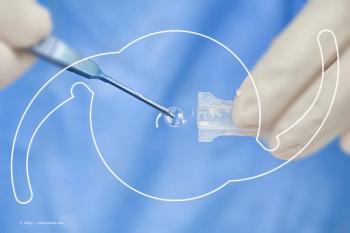
“Real talk” on new devices gives surgeons, patients decision-making insights
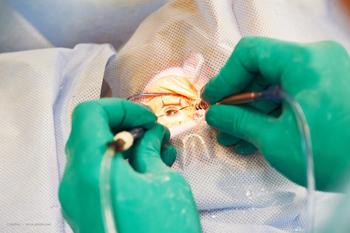
Ophthalmologist outlines his journey with the procedure as a late adopter.
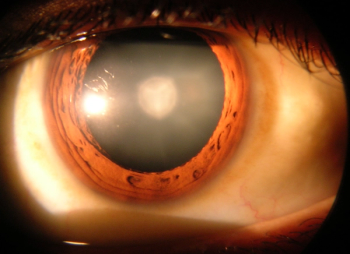
According to investigators, the risk of death from strokes, heart attacks and other vascular causes is increased by more than a third.
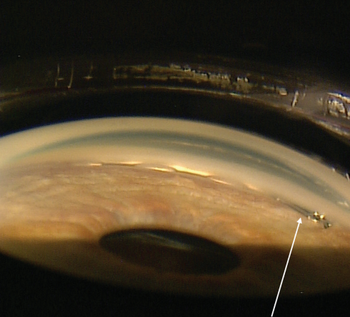
Three cases demonstrate value of new tools, technology for surgeons.
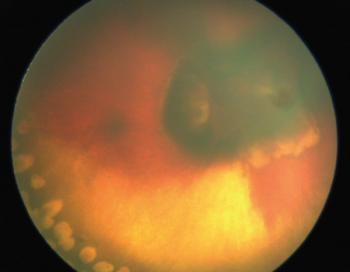
Techniques, technologies minimize complications and guide counseling, care.
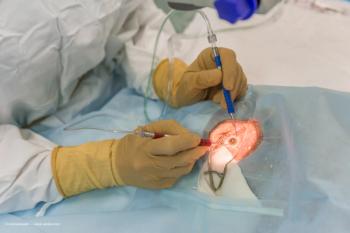
Factors that lead to complications must be managed for best outcomes.

Robert Weinstock, MD, discusses the efficacy and safety of intracameral dexamethasone suspension 9% compared to standard of care topical regimen for eyes receiving cataract surgery.

Cathleen McCabe, MD, shares an overview of results from a retrospective study highlighting the effectiveness of dexamethasone intraocular suspension 9% following cataract surgery.

The company will host Innovation Week from Sept. 21-23, demonstrating new data management innovations across devices, workflow solutions and software applications.

Marta Belmonte-Grau, MD discusses the potential risk for posterior capsular rupture during cataract surgery.

Early experience with next-generation lens engenders positive perception.